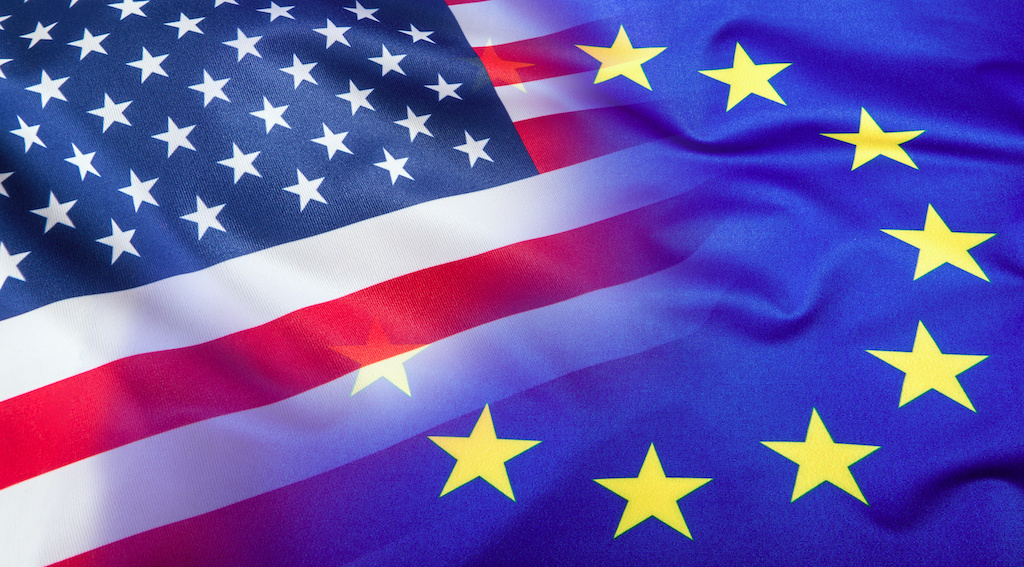Checking in on WTO wine trade challenge

The 60-day mandatory consultation period following the filing of the World Trade Organisation (WTO) challenge on January 18, 2017 has now expired. What is the current status of the trade dispute, and where could it be headed?
External context: The political backdrop in the US is important to understanding the present status of the challenge. It appears to have been motivated by the Obama Administration’s desire to get the challenge in motion, in the expectation that the incoming Trump Administration would not likely take that step. If it succeeds, it will be a “win” for the Democrats. Indeed it appears that the Trump Administration has other trade and foreign relations priorities, not to mention experiencing a rocky and slow start. From this perspective, US domestic politics underpin the launch of the challenge in the first place.
From the US industry’s perspective, of course, it is about market access for American wines in Canadian markets. In its brief to the Department of Commerce last year, the Wine Institute (California’s representative wine industry organisation) estimated that Canadian provincial protectionist practices cause an estimated US$500 million in lost opportunity for American wines. While BC may be the “pointy end of the stick” due to its wine in grocery policy, it is far from alone on the US industry’s radar – the brief cites Ontario and Quebec as well.
For the BC industry, it is not known what its position is, however it appears to be aligned with the BC government’s stated position that the implementation of its 2013 Liquor Policy Review recommendations is compliant with Canada’s international trade obligations.
Late last year the EU and Canada finally executed the Comprehensive Economic and Trade Agreement (CETA) between them, and yet – awkwardly – the EU still felt sufficiently strongly about the trade compliance of British Columbia’s BC-only wine on grocery shelves practices that it joined the WTO challenge. (The CETA incorporates by reference the 2004 Canada-EU Wine Agreement, which addresses such matters as the number of “grandfathered” retail licensed outlets operating in BC and Ontario selling only “domestic” wine.)
Process: WTO rules mandates a 60-day consultation period after the filing of a challenge, to afford the chance for direct negotiations among the parties and possible resolution of the challenge. After 60 days, the parties may still resolve the dispute through negotiation, but the country bringing the challenge may then proceed to request the establishment of a WTO panel to rule on the dispute.
Where we’re at now: So, the Americans, Kiwis, Europeans, Argentinians and Australians could continue to consult with Canada and resolve the BC-only wine on grocery shelves among themselves. While each country (and the EU) clearly has its own national objectives and priorities, it is highly likely that the United States’ next move will be determinative of the outcome. No word has yet emerged from the consulting parties: the present stasis is in large part due to the vacancy of the United States Trade Representative. The occupant of that office leads all US external trade negotiations and trade disputes. Robert Lighthizer, the Trump Administration’s nominee for USTR, is partway through his confirmation process, but has not yet been confirmed. (The Senate Finance Committee unanimously voted in favour of Lighthizer’s confirmation on April 25, 2017. The full Senate must now confirm him.) In the meantime, no movement should be expected.
Complicating matters: Even when the USTR is in place, the wine issue is far from the top of the Trump agenda. However, NAFTA renegotiation is. Here’s where it could get tricky for resolution of the wine issue: wine is a NAFTA good (covered in Chapter 3), and there is every reason to believe that renegotiation could either directly affect the wine provisions or some of the broader clauses of the agreement governing the free movement (or exemptions from such free movement) of goods among the three countries.
It is worth remaining alert to possible cross-threading between the regional agreement and the more general WTO provisions in addressing the wine issue. Even more interesting will be to observe how the Trump Administration proceeds with the WTO wine challenge. It is not known (so far) to favour multilateral agreements or resolution bodies, preferring bilateral arrangements. The wine issue could be a litmus test for other trade irritants: if the US pursues the wine trade challenge via the WTO it might signal a strategy that is material to other trade negotiations and disputes significant to Canada.
Given the inconsistent and volatile signals sent Canada’s way on traded goods by the US Administration in recent weeks, the risks remain substantial to Canada’s negotiating position on the wine file - not least because it is unfolding in the background of the now very active softwood lumber dispute.
Stay tuned…
